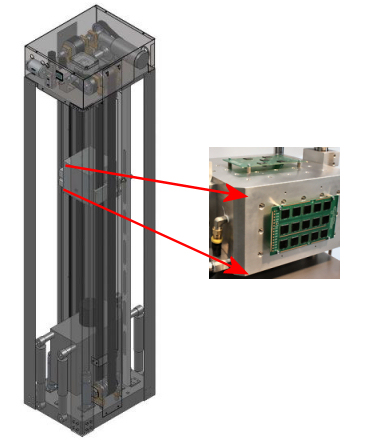Knowing that one big impact can cause damage is important, but what about the cumulative effects of normal wear and tear? Think of your cell phone - how many times a day does your phone get dropped a few inches onto the desk, the table, the dresser, and possibly even the floor?
If you are like me, several! To simulate these conditions, some shock testing specifications are now subjecting the test item to a series impacts to evaluate fatigue. The JEDEC shock testing specifications are a great example. One JEDEC test can subject the test specimen to upwards of 30 consecutive shock events. You may want to run additional tests - maybe even thousands of consecutive shock events depending upon the application.
What is your product likely to see? More importantly, what will your customer expect your product to survive? The more dynamic the in-use environment, the more extensive the testing protocol.

To streamline this type of testing we are now introducing a new line of shock test machines —the HC Series. The Lansmont HC (High Cycle) Shock Test Systems incorporate our high fidelity shock table designs with a new high speed lifting/positioning mechanism to greatly decreases the cycle time.
The HC models have table sizes, mounting-hole patterns, and performance capabilities have been tailored to support JEDEC testing. The HC18, for example, has an 18 cm x 18 cm x 18 cm table with mounting-hole patterns on the top and front surfaces. You can test up to six JEDEC test boards simultaneously.
The HC18 will perform a 1500g, 0.5 msec half sine--the most commonly utilized shock pulse for JEDEC testing about seven times a minute. The system is designed to run 24/7 non-stop for extended shock test evaluations. Customization is always an option, so if you need a specific table size, hole pattern, or pulse requirement - just let us know. If you are interested in learning more about the HC Series Shock Test Systems, please contact Peter Brown for more information.